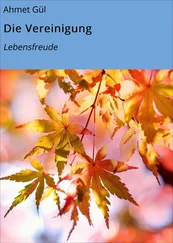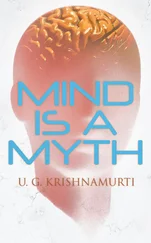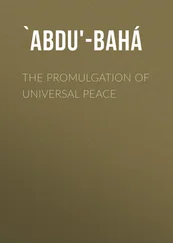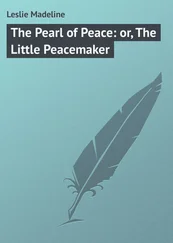After revealing the entirety of the Ferahfezâ makam ’s attributes in the first two couplets of Rumi’s Mesnevi , which began the ceremonial like two bejeweled façades of a single palace — “Hear the lament of the ney whisper stories of separation/Since I’ve been pulled from the reed bed men and women weep at my wailing” — within varied phrasal arcs resembling a prolonged excursion, he ran the makam a number of times, in an arrangement that resembled distinct variations achieved through consistent structural motifs, before slowly abandoning the melodic progressions to associated ones. Thereby the entire ceremonial sequence, in the first lines — or couplets — became a universal journey of sorts within the lust of the lucid and majestic Ferahfezâ that struck the ear; the ear, which never forgot such delicacies, or rather the soul, which never forgot the yearning for transcendence bedazzling it such that acoustic sense and soul grew ecstatic in the conviction of the measure-by-measure approach of desire and delight. However, as soon as this satisfaction was revealed, the eternal longing, the journey, began anew in the softer or simply variant tenor of the Nevâ, the Rast, or the Acem. Apparently, Dede Efendi wanted to manifest the complete predestined course of mystical experience through this bewildering piece. Ephemerally, absolute spiritual truth, or the spirit that was absolute truth, sought itself and its purpose in expansive time and space, disturbed the dormancy of material objects, bowed toward the essence of all things, withdrew into great seclusions, bounded over Milky Ways, and everywhere discovered desires and thirsts akin to its own. It passed from the tenor of the Acem, revealing the Ferahfezâ makam to be all but a “rightly guided path” of sorts, to the Dügâh, the Kürdî, the Rast, the Çârgâh, the Gerdaniye, the Sabâ, and the Nevâ; all things were lost, sought, and found within each of them. And the Ferahfezâ, during the entirety of this journey of febrile yearning, extended its bejeweled chalice — that chalice of a singular lyrical line and flourish — at surprising junctures, appearing now like a kaleidoscopic vision, now as a memory or dream of its own self. This quest, this dissolution and self-realization, was at times exceedingly humanist, and Dede’s inspiration either exclaimed, “So what if you remain unseen, I bear you within my being!” or fell into desperation as dense as matter.
Yet Rumi was justified: Yearning was the solitary secret of the ney . Should someday one make a daring, synesthetic interpretation of Turkish instruments similar to that made by Rimbaud for vowels in the poem “Voyelles,” doubtless one would most certainly see in this simplest of a la turca instruments the flesh-hued longing of nightfall. The ney should be untainted by the sounds of European or a la franga flutes, horns, and even the deep emerald green or blood red timbre of the remarkable hunting strains that have for centuries delineated bestial dispositions. In their need to re-create or rediscover nature in new ways, such instruments often forsake the very longing that ought to be one of art’s true domiciles. For the ney articulates by usurping the place of the nonexistent, by pursuing that very absence.
Why does desire comprise the lion’s share of our spiritual lives? Do we pine for the oceanic expanse, one droplet of which constitutes each of us? Are we in the pursuit of the quiescence of matter? Or do we bemoan ephemeral and long-vanished aspects of ourselves because we’re children of time, an amalgam prepared in the crucible of time, or because we’re victims of time? Do we genuinely seek a state of perfection? Or do we object to the cruel order of time: zalim zaman nizamı ?
Ottoman music is perhaps the art form that best articulates desire through an arrangement that disrupts what it has created and reduces, with a cursory glance, the dais of time known as the present to nothing but ephemera — the ney being its most eloquent implement.
Perhaps İsmail Dede Efendi, feeling such yearning in his soul, began his ceremonial with couplets on longing from the Mesnevi . The four-stepped threshold of the devr-i kebir talea sufficed to deliver the listener to the realm’s doorstep. For here, traditional music, as with the peşrev , didn’t just satisfy itself with affect; it seized and extracted one from one’s place, transforming and shaping one into a kind of vessel whose body and soul would accept deaths of a different magnitude, deaths beyond this world yet full of reminiscences — an echo of sorts. No, this was neither the realm of a moonlit Büyükdere night, of chalices of light shattering across molten emerald and agate, nor of saffron roses scattering petal by petal. The yearning in their presence emerged from beyond a thousand deaths and was directed at all animate things. Therefore, it had no sharpness, no points. Nuran seemed to perpetually awaken anew in an unknown locale, then within the rhythm of the fire dance, suddenly and repeatedly transfigured through inscrutable incarnations before again drawing one of the heavy and excessively gilded clouds over herself at a refrain in the makam s, under which she’d descend into an enchanted sleep, before yet again slipping away beneath one edge of this heavy shroud as if she were a coral and yellow artery of light, filtering from the clouds of an evening; involuntarily she gathered again in another place, and again in her exceptional dance became a realm of pure essence, expanded, grew, fragmented, laughed in matter estranged from herself then again as herself, multiplied, pushed the thresholds of improbability, and therein scattered one leaf and one branch at a time like a freshly bronzed autumn. If not for the plodding accompaniment of the kudüm , which reached them from subterranean depths as it cast off the ashes of hundreds of thousands of deaths, perhaps she would have flown free completely and vanished, together with the totality of her hylic being. The deep rhythm, however, amid entities transfiguring at each moment, pointed the way for a self no longer hers through the invitation of a time no longer ours, and through wondrous percussion parted certain shrouds in the depths; indeed, Nuran, following in its percussive wake as if she were the counterpart of a twinned soul, sought her self, her other half, perhaps even her totality, in the malleability of this realm of pure essence.
Into the aureate abyss of the ney , Tevfik’s voice tossed gems of unfamiliar words, ever so slowly displaying the glint of each facet; now the first shout of “beloved” in Farsi, of a “beloved, beloved of mine!” alighted within the vision of a blazing mainmast at sea, and the “mine” syllable, which he depressed fully upon the song, deepened like a silver- and coral-framed mirror of yesteryear, in which Nuran, without clearly discerning her semblance tattered by great gale in wild badlands, at times spied Mümtaz’s gaunt face behind eternally closed doors, and at times heard Fatma’s voice pleading, “Mother.” In this stunning music, all things became a static and profound tragedy in shadows.
The second-floor hall became a galleon tossed about on seas of devotion. Everybody seemed to bid adieu to a sun casting final rays upon familiar shores, the shores of their own lives. Mümtaz gazed at the sun and the surroundings in never-before-felt absentmindedness. He feared the eternal loss of Nuran, who sat two steps away from him; such did the gale of the ney verge on scattering them across expanses. This was something of a rüya ; and as with first dozes that prepared the way for all dreams, it intrinsically affected consciousness, dispersing the self. Nonetheless, this dispersal wasn’t total. As the fabric of the music unfolded bolt by bolt, Mümtaz came to realize what it was that defined a genius of ruin. Neither Abdülkadir-î Merâgî’s Segâhkâr, nor Itrî’s naat ode to the Prophet bore the emotional shudder of this ceremonial, nor the Isfahan song — again by Itrî — which Mümtaz had coincidently heard one night at Ahmet’s house, sung by the host himself. These pieces sought Allah or the Absolute without ambivalence, conveying their venture of the soul through sturdy architecture and the great wellspring of spirit concentrated within them. Perpendicularly they soared. Yet at present, the struggle was two-fold: The soul couldn’t manage to escape the world-worn realm from which it strove to separate. This was neither doubt nor the shortfall of love but a flailing at the confluence of two divergent currents.
Читать дальше
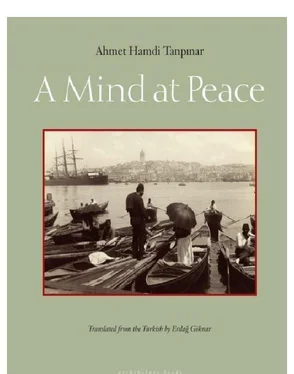
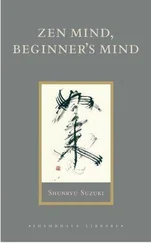
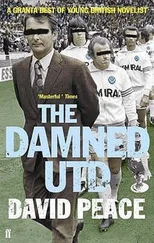
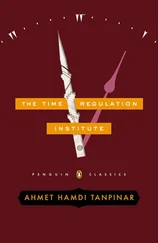

![Джон Харгрейв - Mind Hacking [How to Change Your Mind for Good in 21 Days]](/books/404192/dzhon-hargrejv-mind-hacking-how-to-change-your-min-thumb.webp)

